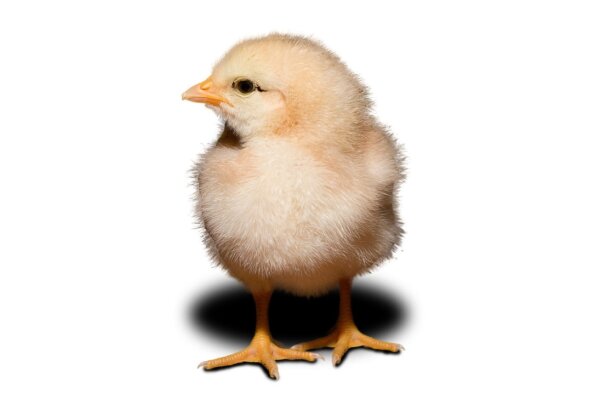2017-03-24

Hundreds of Millions of chicken are raised every year for food consumption. A major problem of crowded poultry farms is severe feather pecking - a detrimental behavior that is also shown by very young chicks. However, not all individuals do this. Why are some birds more aggressive than others? A group of Behavioral Pharmacologists from Utrecht, Veterinary scientists from Wageningen and Biopsychologists from Bochum started to analyze the role of serotonin and dopamine in feather pecking. They had access to two groups of domestic chickens divergently genetically selected for Low Feather Pecking (LFP) and High Feather Pecking (HFP). Indeed, both lines differed both on their serotonin and their dopamine turnover in emotion-regulating and motor areas. Furthermore, HFP-chicks responded more actively in most behavioral tests conducted, and were more impulsive in their way of coping with challenges. Thus, a brain area-specific neurochemical profile may shift personality traits towards more bold but also more aggressive behavior in chicken.

Hundreds of Millions of chicken are raised every year for food consumption. A major problem of crowded poultry farms is severe feather pecking - a detrimental behavior that is also shown by very young chicks. However, not all individuals do this. Why are some birds more aggressive than others? A group of Behavioral Pharmacologists from Utrecht, Veterinary scientists from Wageningen and Biopsychologists from Bochum started to analyze the role of serotonin and dopamine in feather pecking. They had access to two groups of domestic chickens divergently genetically selected for Low Feather Pecking (LFP) and High Feather Pecking (HFP). Indeed, both lines differed both on their serotonin and their dopamine turnover in emotion-regulating and motor areas. Furthermore, HFP-chicks responded more actively in most behavioral tests conducted, and were more impulsive in their way of coping with challenges. Thus, a brain area-specific neurochemical profile may shift personality traits towards more bold but also more aggressive behavior in chicken.